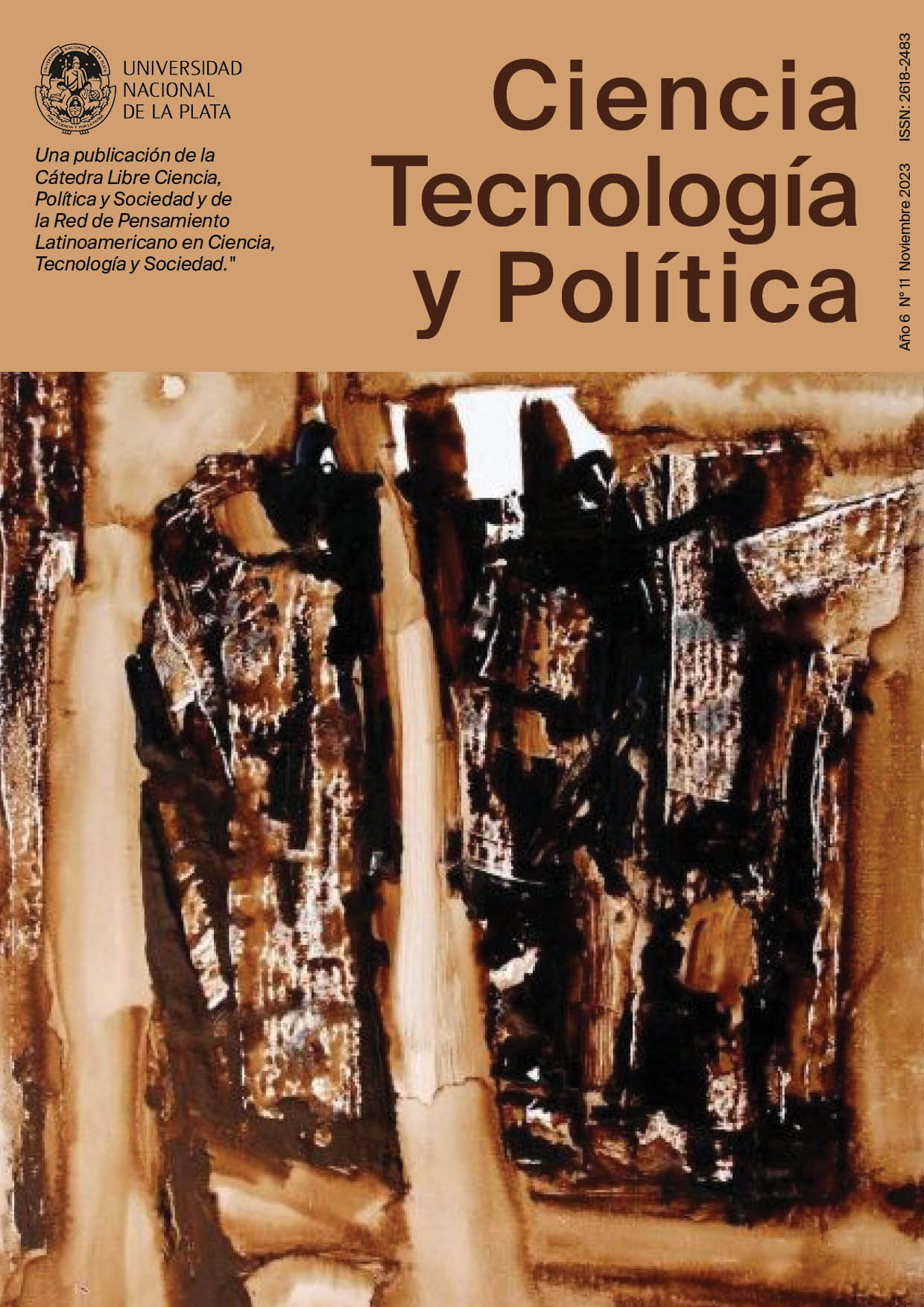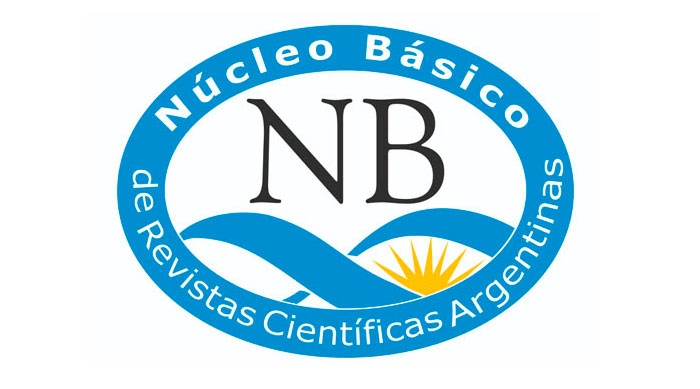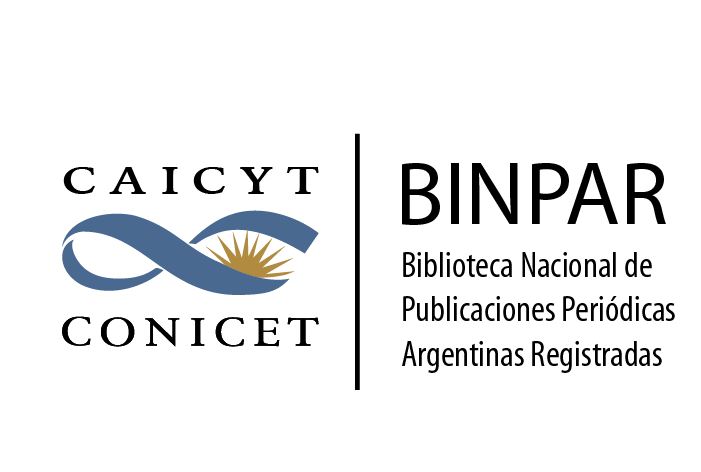Generation of capabilities in technological companies of the Argentinian space sector
DOI:
https://doi.org/10.24215/26183188e106Keywords:
industrializing capabilities, aeroespacial sector, INVAPAbstract
The development of knowledge-intensive technologies is a structural need in Argentina and other countries in the region. The generation of competitive advantages, the incorporation of added value, the intensification of the cognitive content of products and processes are key issues both to conceive a change in the export profile of the country and to generate a structural improvement in the living conditions of the population. This paper analyzes the generation of equipment and infrastructure for the manufacture of knowledge-intensive goods, taking as a case the High Technology Test Center (CEATSA), linked to the production of satellites of the state-owned company ARSAT. We discuss, among other aspects, the systemic conditions that made possible the design and manufacture of processes and artifacts for these technologies and the organizational capabilities that had to be developed.
Downloads
Metrics
References
Arrow, K. (1962). The Economic Implications of Learning by Doing. The Review of Economic Studies, 29(3), 155-173. https://doi.org/10.2307/2295952
ARSAT (2009). Balance general. ARSAT S.A.
ARSAT (2011). Balance general. ARSAT S.A.
ARSAT (2012). Memoria. ARSAT S.A.
ARSAT (2013). Memoria. ARSAT S.A.
Blinder, D. (2009). El control de tecnologías duales como poder político-militar. El caso “espacial” argentino. Question/Cuestión, 1(24).
Cáceres, Y. (2022). Dinámicas socio-cognoscitivas en un sector conocimiento-intensivo. Nahuelsat S.A. (1993-2007). Ciencia, Docencia y Tecnología, 33(65), 1-32 https://doi.org/10.33255/3365/1080
Cáceres, Y. (2022). Política y tecnología. Los Satélites de Aplicaciones Científicas (1985-2000). En L. Vaccarezza, M. Di Bello, D. Chiappe y M. E. Fazio (Comps.), Retratos y problemáticas contemporáneas en el campo de la ciencia, la tecnología y la sociedad (pp.25-40). Universidad Nacional de Quilmes.
Colman Sercovich, F. (1978). Ingeniería de diseño y cambio técnico endógeno: Un enfoque microeconómico basado en la experiencia de las industrias química y petroquímicas argentinas [Monografía de trabajo N°19]. Banco Interamericano de Desarrollo; Comisión Económica para América Latina. https://hdl.handle.net/11362/9116
Hurtado, D. (2014). El sueño de la Argentina Atómica. Política, tecnología nuclear y desarrollo nacional (1945-2006). Edhasa.
INVAP (s/f). Capacidades. www.invap.com.ar/areas/espacial/capacidades/
Katz, J. (1978). Cambio tecnológico, desarrollo económico y las relaciones intra y extra regionales de la América Latina [Monografía de trabajo Nº30]. Banco Interamericano de Desarrollo; Comisión Económica para América Latina. https://hdl.handle.net/11362/9594
Lalouf, A. (2005). Construcción y deconstrucción de un “caza nacional”. Análisis socio-técnico del diseño y producción de los aviones Pulqui I y II (Argentina 1946-1960) [Tesis de maestría inédita, Universidad Nacional de Quilmes].
López, A., Pascuini, P. y Ramos, A. (2017). Al infinito y más allá. Una exploración sobre la Economía Espacial en Argentina Instituto Interdisciplinario de Economía Política, Universidad de Buenos Aires.
Lugones, M. (2020). Política nuclear y política energética en la Argentina. El Programa Nucleoeléctrico de la CNEA (1965-1985). [Tesis de maestría, Universidad Nacional de Quilmes]. http://ridaa.unq.edu.ar/handle/20.500.11807/2130
Picabea, F. y Thomas, H. (2015). Autonomía tecnológica y Desarrollo Nacional. Historia del diseño y producción del Rastrojero y la moto Puma. Cara o Ceca.
Quiroga, J. (2018). Primeros desarrollos de tecnología radar en los principales beligerantes de la II Guerra Mundial. Un análisis desde la perspectiva CTS. Ciencia, Docencia y Tecnología, 29(57), 36-59. https://doi.org/10.33255/2957/424
Seijo, G. y Cantero, H. (2012). ¿Cómo hacer un satélite espacial a partir de un reactor nuclear? Elogio de las tecnologías de investigación en INVAP. REDES, 18(35), 13-44.
Sierra, C. (1989). Planificación de la definición técnica de una espacionave. Revista de la Escuela Superior de Guerra Aérea.
Spivak, A. (2015). Consensos y disensos sobre el desarrollo nuclear argentino en la última dictadura. En C. Gárgano (Comp.), Ciencia en dictadura: trayectorias, agendas de investigación y políticas represivas en Argentina (pp.87-97). INTA Ediciones.
Thomas, H., Versino, M. y Lalouf, A. (2008). La producción de tecnología nuclear en Argentina; el caso de la empresa INVAP. Desarrollo Económico. Revista de Ciencias Sociales, 47(188), 543-575.
Vera, N. (2022). Ciencia, tecnología y política exterior en la semiperiferia. Intersecciones de relevancia frente a la transición hegemónica del siglo XXI. En N. Vera (Comp.), Ciencia, tecnología y política exterior. Reflexiones desde y para la (semi)periferia (pp.11-45). Centro de Estudios Interdisciplinarios en Problemáticas Internacionales y Locales; Universidad Nacional del Centro de la Provincia de Buenos Aires.
Versino, M. (2006). Análise sócio-técnica de processos de produção de tecnologias intensivas em conhecimento em países subdesenvolvidos. a trajetória de uma empresa nuclear e espacial argentina (1970-2005) [Tesis de doctorado inédita, Universidade Estadual de Campinas].
Published
How to Cite
Issue
Section
License
Copyright (c) 2023 Facundo Picabea, Yamila Noely Cáceres

This work is licensed under a Creative Commons Attribution-NonCommercial-ShareAlike 4.0 International License.
The authors whose texts are published in this Journal surrender their ownership rights in favour of the editor in a non exclusive manner, i.e. the authors can enter into other independent and additional contracts to publish their text, e.g. including it in an institutional repository, thematic or otherwise, publish it in a book, or others, as long as it is overtly stated that the work was first published in this Journal.
The responsibility for each published paper as regards its content relies exclusively on its authors, holding the editors harmless for any legal liabilities.
The texts of the Journal shall be published under the Creative Commons 4.0 BY-NC-SA license. Therefore, the editors are free to:
1) Share, copy and redistribute the material using any means or format.
2) Adapt, remix, transform and create from the material, under the following conditions:
a) Attribution — credit to this work must be given in an appropriate manner, providing a link to the license and indicating if changes have been made.
b) Non-Commercial Use — no use may be made of the published material for commercial purposes.
c) Share Equal — Authors remixing, transforming or creating from the material must distribute their contribution under the same license as the original.




































